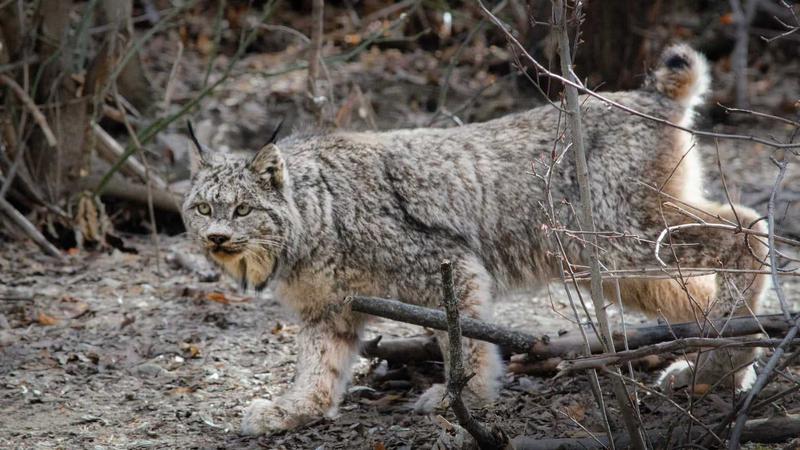
Lynx, other local wildlife at risk of habituation around humans
KAMLOOPS — Kamloops residents may have noticed more wildlife coming into town in recent weeks.
The warmer weather usually brings with it an increase in sightings of bears, deer and coyotes. This year, however, there have been several wild cats spotted around the city.
A lynx stalking prey at McArthur Island Park has caught the eye of wildlife photographers, but the excited crowds gathering to catch a glimpse could cause problems for the animal.


